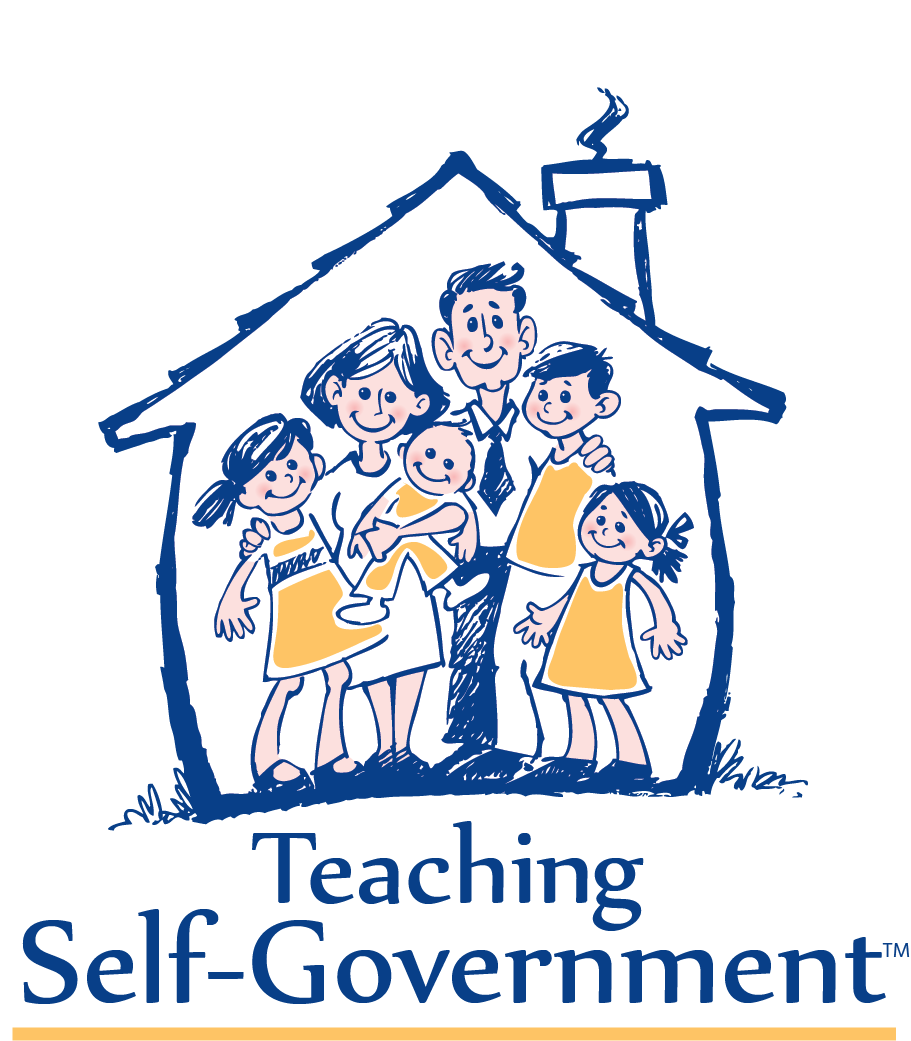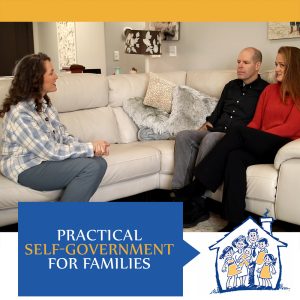Three Tricks For Getting Your Children To Clean Up After Themselves
“If you get it out, put it away. If you turn it on, turn it off. If you take it off, hang it up.”
These are the mantras that echoed through my childhood home as my father reminded us children over and over again to pick up after ourselves.
I remember trying to keep these things in mind when I was young, but still having the messiest room in the house; I was always the one that got reprimanded because I would walk in from school and immediately drop all my stuff on the kitchen floor.
All parents should teach their children to recognize messes and then take action of their own accord to clean them up. It is a self-government skill to notice a problem and make strides to correct it.
When I did foster care for troubled youth ages 12-18, I had to teach this skill to nearly every kid who came to my home. I found that lecturing, nagging, and using emotions like anger or fear were not the right way to teach children to take ownership for their own messes. Here are three tricks for getting kids to clean up after themselves:
Build Confidence by Pre-teaching Skills
Children who know how a chore is supposed to be done ahead of time are more confident when it’s time to do the chore. If a child doesn’t know how to do a task and you assign them to do it without providing any instruction, they will feel anxiety and will likely try to find a way to get out of doing it. By providing them with the necessary skills and instruction to do the task well, children are more likely to perform the task willingly and without a lot of supervision.
One of the best ways to pre-teach children to do chores is to do each chore with the child multiple times. As you do, talk about the necessary steps to complete the task and praise your child as they master each step. This family work environment will not only create confident workers, but will also build sweet memories and strong relationships. This family work time lets children see that hard work is a family trait and activity. As they graduate from doing chores with you to doing them on their own, they will gain a vision of their own capacity to do hard and useful things.
Finally, the parent needs to pre-teach children about what consequences will follow according to how well the chore was completed. They need to understand the negative consequence of shirking chores or doing them poorly, but also should be informed of the positive consequences of doing a good job. In our family, a negative consequence would include extra chores added to your to-do list. Positive consequences include praise and high fives.
2. Use the Power of Positive Consequences.
Whenever we instruct our children, we always include the concept of return and report. Our kids know that when they complete an assigned task, like cleaning up a mess, they should return and let us know how it went. This enables us to have a set time to praise them for a job well done and provide them with that necessary positive reinforcement.
We all learn self-government by observing the law of cause-and-effect. A lot of times in parenting, we teach our kids with negative reinforcement, with punishments for bad behavior to prevent them from making that decision in the future. To create a balance on the positive end, if parents establish a habit wherein children return and receive praise for doing a good job, their kids will feel more accountable and will get to see the positive effects of their actions. This creates a system of seeking positive consequences instead of just avoiding negative ones. It’s a system that makes homes more positive and peaceful.
The best part of making a family habit of reporting is that parents have an opportunity to look into their child’s eyes, smile at them, and strengthen the parent/child bond through praise and affection. Your kids will begin cleaning up after themselves, knowing the positive consequences that are sure to follow.
3. Correcting and Problem-Solving Skill Development.
To help children recognize the need to use the cleanup skill that has been taught by the family the child needs to know how to problem solve. This is a separate skill that can be picked up during the original pre-teaching sessions, but often requires a special, separate teaching session.
When I was a foster parent I learned a system for teaching problem solving called SODAS that worked like this: When a parent sees that their child needs a more detailed understanding of how to solve a problem, the parent would have the child do a SODAS exercise. The book Parenting A House United has detailed instructions for how to use these exercises, but essentially the parent describes a situation to their child. The child then has the chance to think about the options available, to list advantages and disadvantages, and finally to choose their own solution. Then the parent does a written or verbal exercise with the child to help them see different solutions than they recognized before.
For children to learn cause-and-effect, they need to be consistently corrected when they don’t do what was instructed. If children know they are supposed to clean up after themselves that is an understood instruction. When parents see that instruction has not been followed, the parents need to have a calm, predictable and effective correction already in place. They gives children the opportunity to learn cause-and-effect, how to accept consequences, and finally preps them to remember to tidy up in the future.
There aren’t really tricks to helping children clean up after themselves. Tricks are just another name for manipulations. These three steps listed above are really a formula for preparing children to take ownership of their own behaviors by learning self-government.
To learn the steps of each of the four basic skills and how to set up a home environment where self-government can flourish, go tohttps://parenting.teachingselfgovernment.com/store/implementation-course






